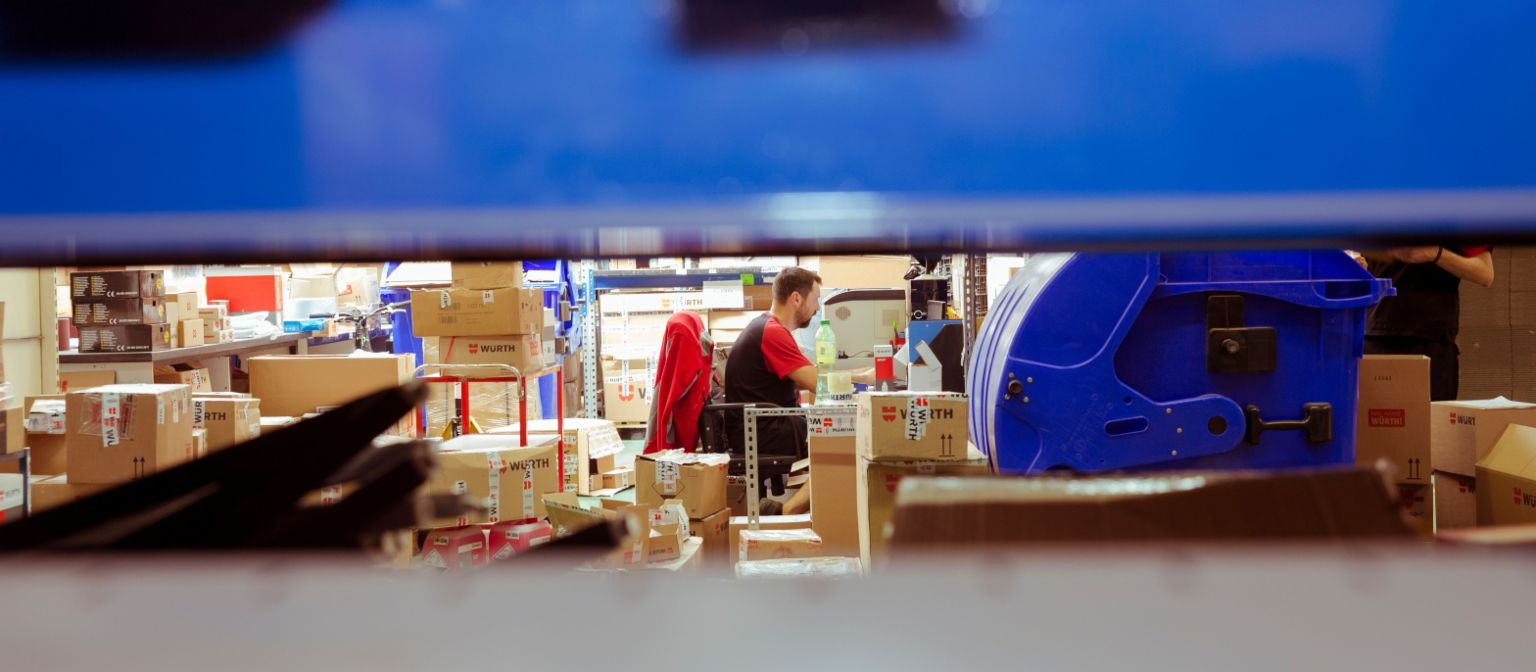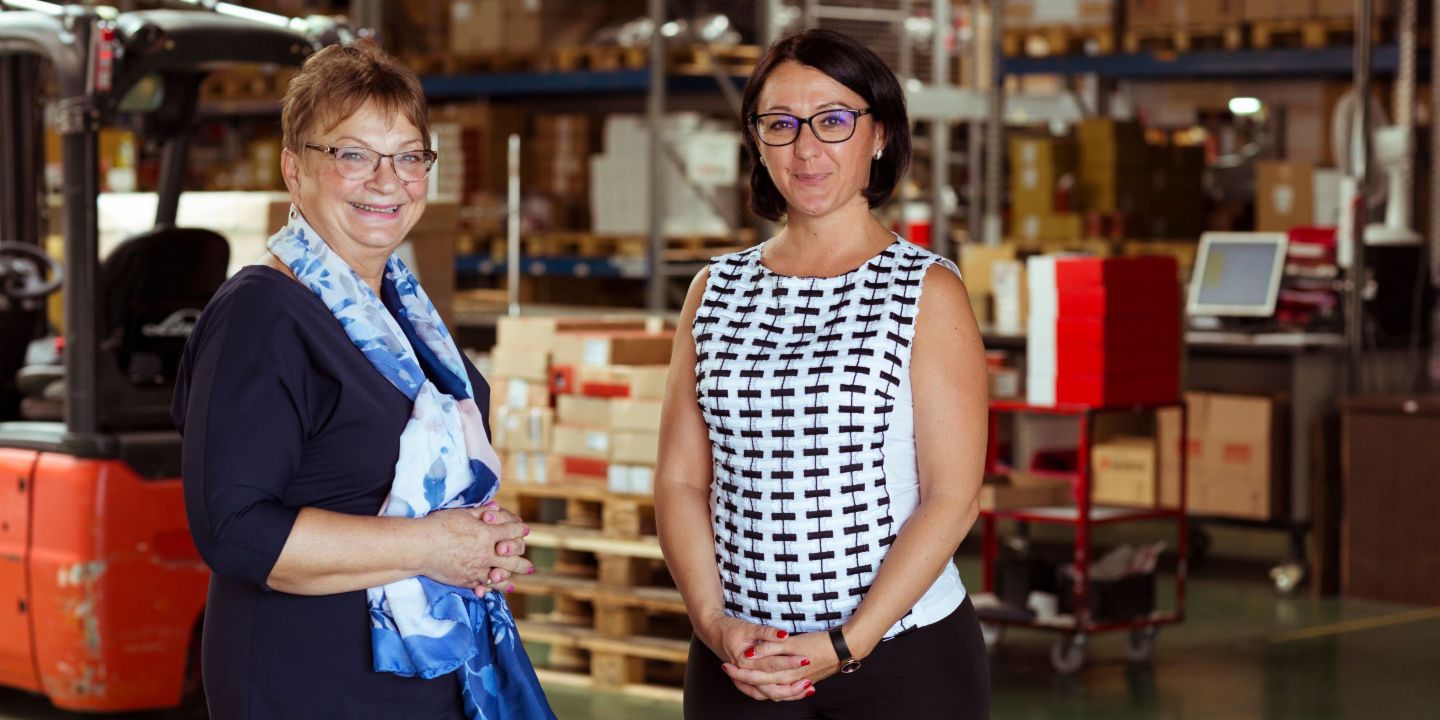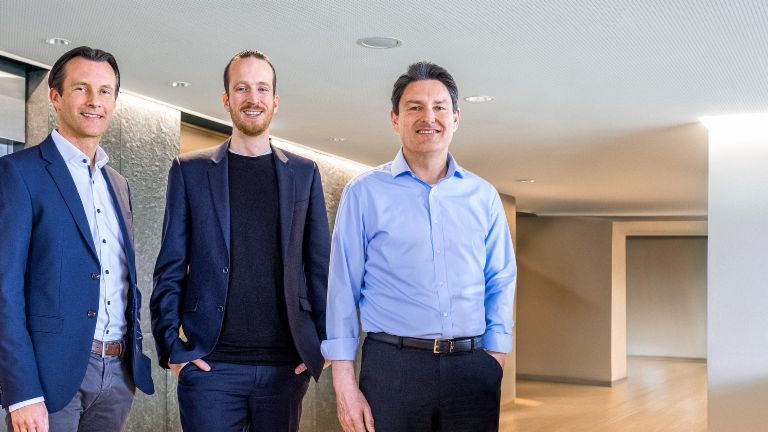Nuts and bolts about debt collection: Würth & EOS in Hungary.
How do you manage to have invoices get paid faster – without straining customer relationships? What difference can debt-collection services really make? The partnership of Würth and EOS in Hungary shows: Cash flow improvement does not have to contradict sound client relations.
“Working with a debt-collection company is just like working with a bank,” says Maria Szécsi, “It’s all about continuity and trust.” The Finance Director of Würth Hungary, a subsidiary of the German fastening and assembly-technology giant, says she regularly fields cold calls from debt-collecting companies touting for business. But she likes to stick with EOS – here's why.
Würth Group sells screws and other fastening devices, electronic components, chemicals, and much else to construction companies, manufacturing industry and many other sectors in more than 80 countries around the world. In five of these, Würth has entrusted the job of collecting in arrear payments to the EOS Group. In Hungary, it has done it since 2011.
Up until then, Würth Hungary had worked with two other debt collectors, one after the other, Ms. Szécsi recalls. “In both cases, the way these service-providers dealt with our clients wasn’t always great.” There were customer complaints about the way late payments were pursued, creating a real risk that they would turn to Würth’s competitors to buy the construction or manufacturing materials they needed.

From 60 to 53 days until a bill gets paid.
With EOS Hungary – and its call centre in Budapest – things changed, says Ms. Szécsi. EOS employees were quick to understand Würth’s mentality and what the building technology giant expected when dealing with its customers. “They were polite and sensitive from the start, while past service-providers had often been mechanical and monotonous”, says Ms. Szécsi. “EOS employees know what they can and cannot say to our customers.” Complaints are now rare.
At any one time, Würth Hungary reckons it has around 6,000 bills outstanding, for amounts anywhere from EUR 10 to EUR 100,000, owed by very different clients: Some customers employ only one or two people, while the largest, Hungarian railway operator MAV, employs over 8,000.
EOS’ 217 employees in Budapest deal with the small to mid-sized invoices, and according to EOS Hungary, they regularly get more than 90 per cent of debtors to settle quickly. As a result, the average time it takes Würth Hungary’s customers to pay a bill has fallen from 60 to 53,2 days. Which doesn’t sound like a lot, but has huge implications for the company’s business. “Our ability to turn sales into money more quickly has markedly helped our cash flow,” says Maria Szécsi.

In-house debt collection agents are learning from EOS’ good example.
What started as a business relationship in 2011 has become a real partnership over the intervening seven years. Würth Hungary is even happy to admit that it has learned a thing or two for its in-house debt collection unit from EOS. Ms. Szécsi says her colleagues are now much quicker at passing on bills that fall into arrears.
She tells how, every week, EOS sends a list, detailing which Würth customers were contacted and their arrears status. “We all read it here and usually love to let EOS just get on with it. It sounds a bit funny, but there are fewer and fewer reasons to talk.”
Ms. Szécsi also has the vision to make Würth Hungary’s partnership with EOS even easier and quieter still. Over the next three years, she says, she would like to link her company’s SAP IT-system with that of EOS Hungary. “When we establish full electronic communication, our arrears processes would become even faster.” Referring to Würth’s corporate philosophy (“Satisfying our customers is not enough. We want to inspire them”), Szécsi says: “We could re-assign people from this to other tasks – like inspiring our 17,000 customers.”
About EOS Hungary.
- EOS KSI (previously: Kasolvenzia) joined the EOS Group in 1999; it is now Hungary’s market leader in the receivables management business.
- More than 270 colleagues provide industry-leading services, including debt purchases and fiduciary collection. Hungarian companies are increasingly also asking for help in international debt collection.
- Since 2016 EOS is also in the debt purchase business with its subsidiary EOS Faktor, which has become a leading actor in the NPL trade.
- Hungary has become one of EOS’s three most important markets in Central and Eastern Europe.
Copyrights: Mia Takahara
Explore more from EOS



